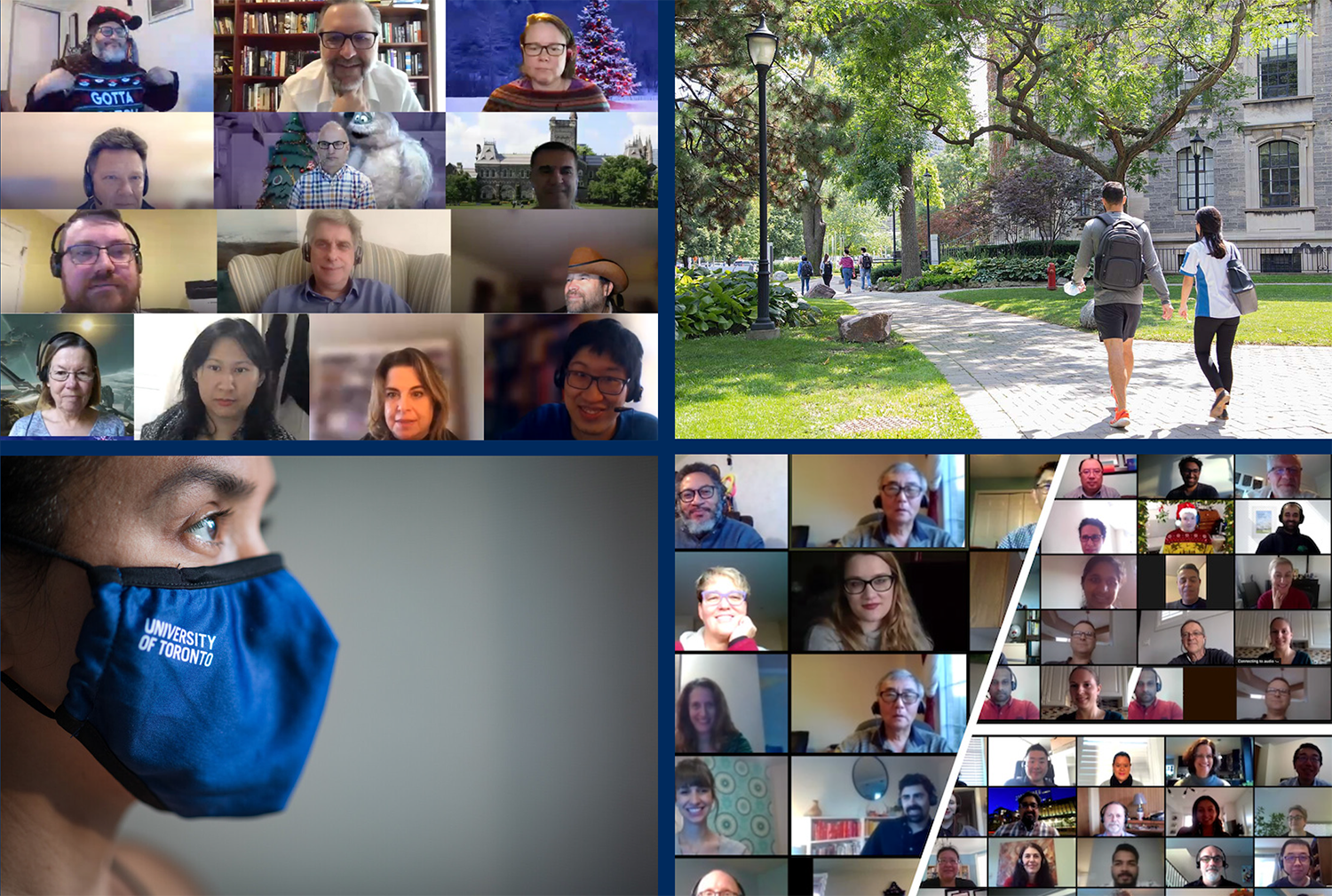Table of contents
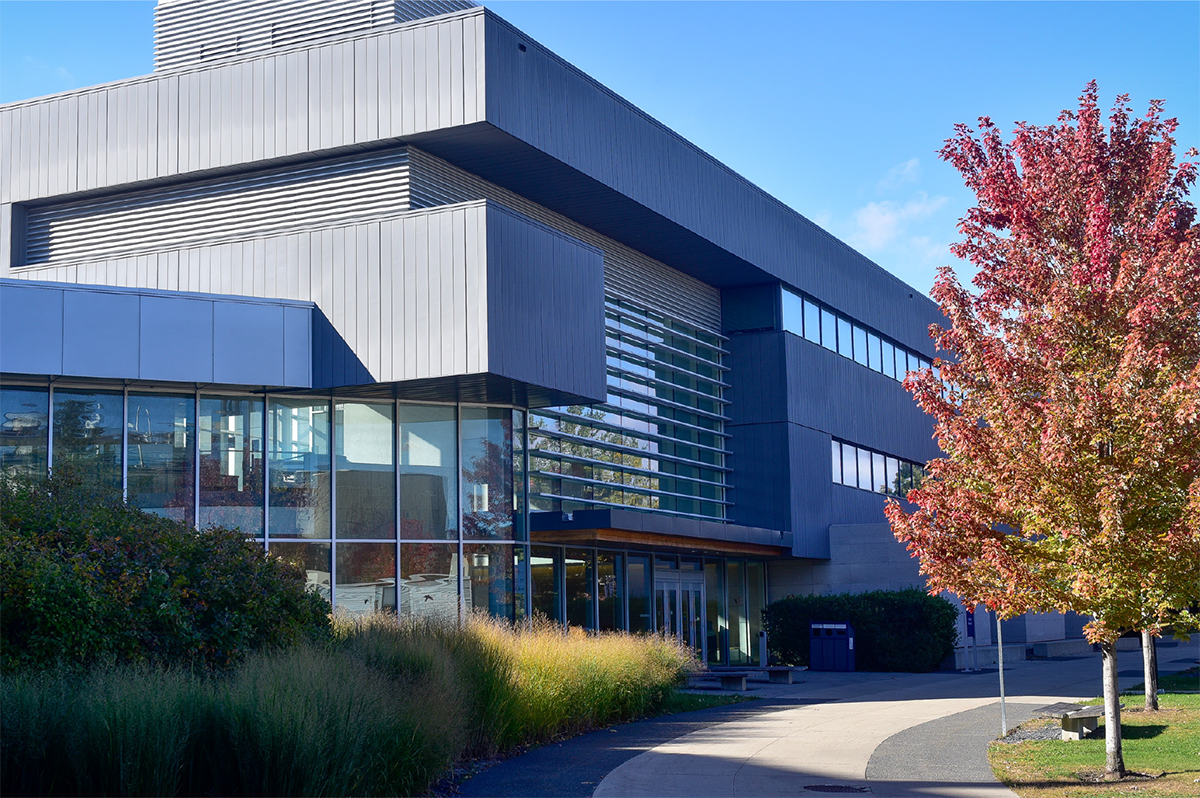
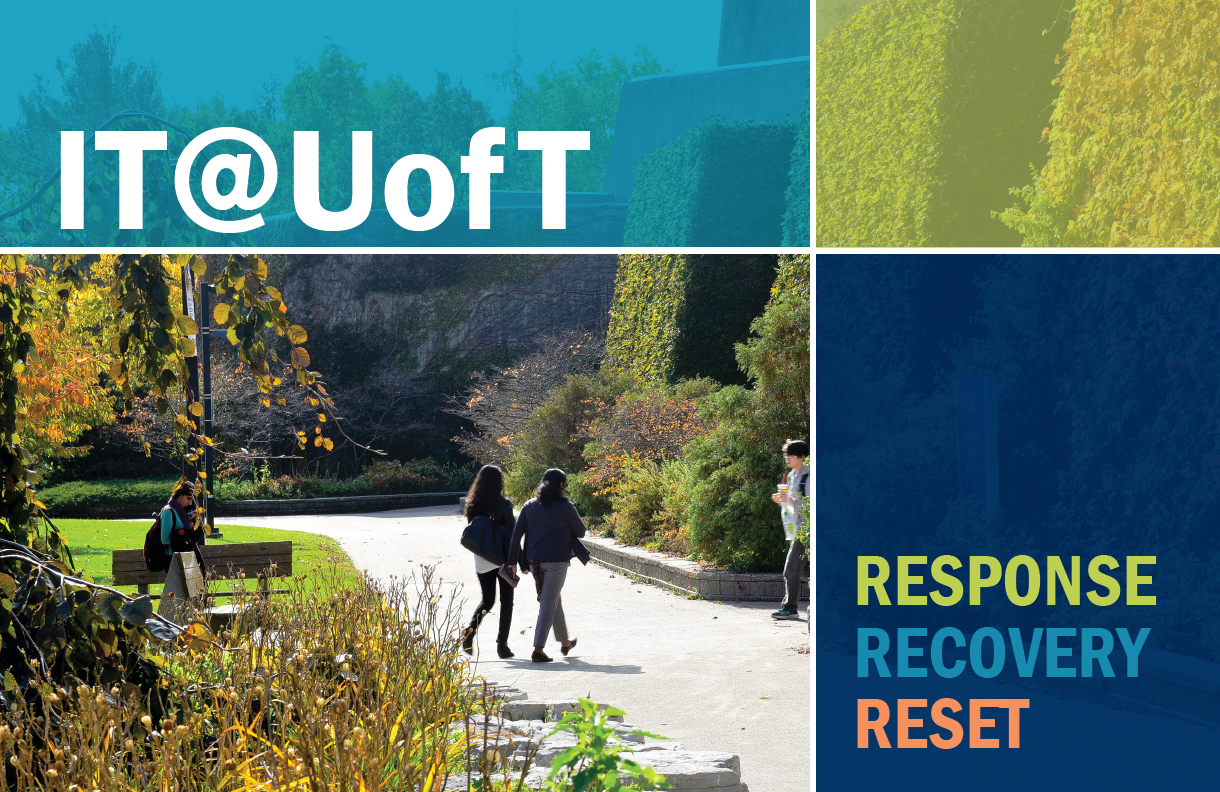

This annual progress report on our IT@UofT strategic plan highlights the work and achievements of University of Toronto’s (U of T) Information Technology Services (ITS) and our collaborative efforts with unit and divisional partners for the period of September 2020 to August 2021. In our last update we described our rapid pivot to remote work, teaching and learning due to the impacts of COVID-19. Since then, we have been called upon to continue and evolve our response to urgent academic and workplace needs, plan our recovery as we return to campus and also reset our priorities to leverage digitally enabled workflow and business process capacity gained through transition to online activity. Highlights profiled in this report feature key projects that advance our current strategic initiatives and support our core values. Despite the exceptional challenges we have faced, together with the IT@UofT community, our progress continues.
Throughout the 2020-2021 academic year we have been called upon to exercise agility in supporting the evolving teaching, learning, administrative and research needs of U of T as we navigate the challenges of the COVID-19 pandemic. As the University community prepares for re-entry to a hybrid workplace, we are prepared to support this new transition.
The shift to remote work has impacted almost all aspects of how the University conducts business. The simple act of physically signing a document has become a slow and inefficient process. The Electronic Signature Competency Centre website, a joint effort between ITS and divisional representatives, was created to share information and guidance for those in need of an e-signature solution. Subsequently, the Enterprise DocuSign pilot project was launched in December 2020 to enable a fast, reliable way to sign documents and agreements digitally on practically any device. DocuSign uses a virtual “envelope” as a container for a set of documents to be processed. Beginning with an initial allotment of 1,000 virtual envelopes, this pilot has graduated to an enterprise offering serving 11,400 envelopes across eight departments at the University.
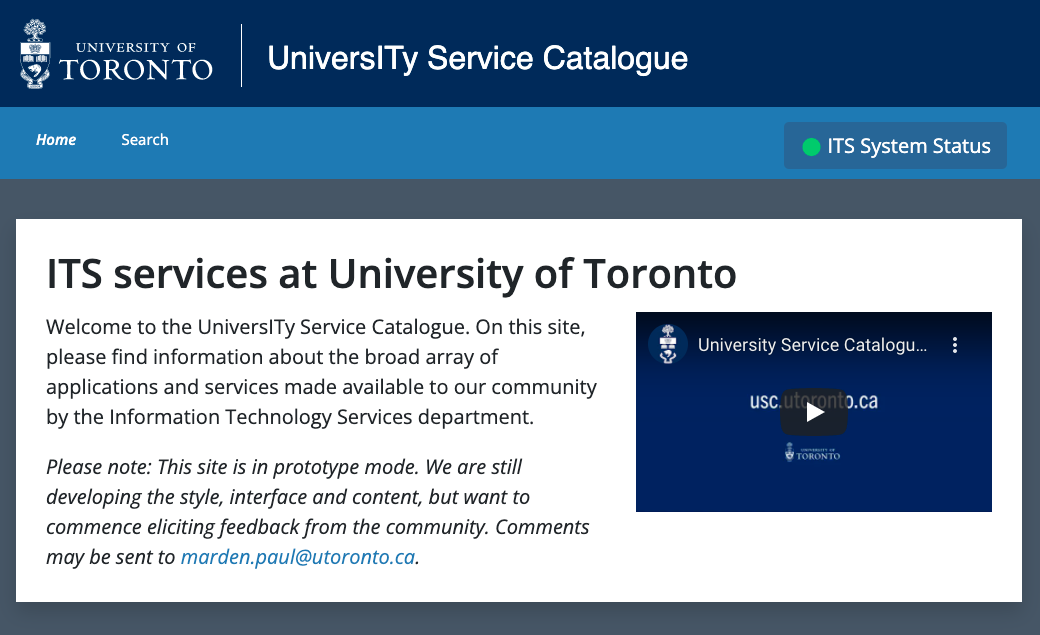

The past academic year has seen ongoing high-volume support requests and has required coordination of educational technology professionals, both centrally and through the divisional networks, to ensure agile response to changing needs.

| ITS private cloud growth | ||
|---|---|---|
| Increase Sept. 2020 – Aug. 2021 | Total resource usage at Aug. 2021 | |
| Virtual Central Processing Units (CPUs) | 11.5 per cent | 8,676 virtual CPUs |
| Memory | 11.7 per cent | 32.1 TB memory |
| Storage | 35.2 per cent | 5.02 PB storage |
While the community looks forward to the opportunity to return to campus, ongoing reliance on increased remote work options is also anticipated.
In response to COVID-19 we enabled workplace productivity, several new services and programs that support return to campus initiatives:

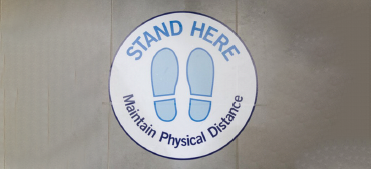

Administrative web services (AMS) achieved significant efficiencies and performance across divisions by revolutionizing current infrastructure framework to ensure a consistent, intuitive and streamlined user experience.
Next Generation Student Information Systems (NGSIS) extended access to integrated platforms to provide timely access to student information systems and data:

As we have progressed through the recovery phase, additional online community events and programs to support awareness of new initiatives, staff professional development and cross-divisional information sharing have been introduced.
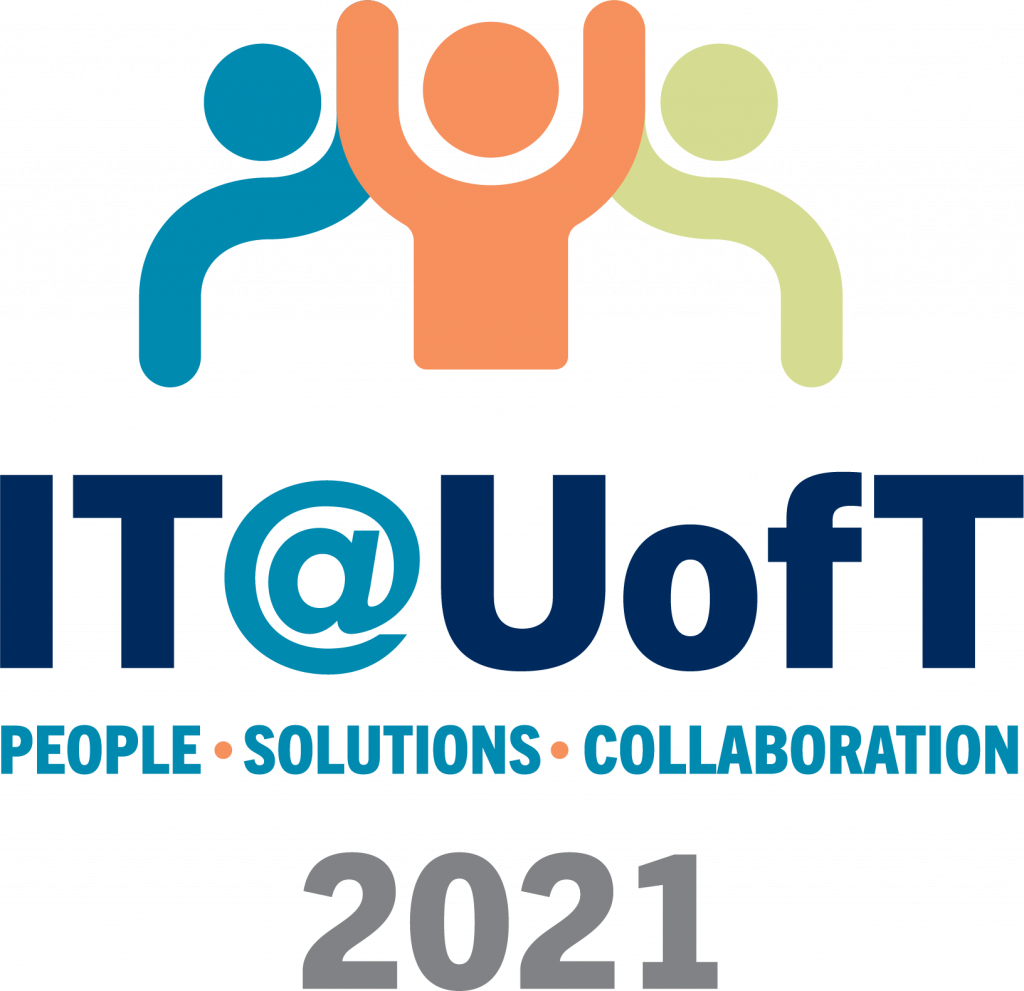
Innovation initiatives ensure ongoing instructor support in use of digital learning technology, both online and in the classroom, with attention to plans for return-to-campus and hybrid models.
Upgrades and enhancements to our wired and wireless network infrastructure are essential to meet demand for sustainable low-cost services.


Initiatives currently on the horizon include the following:


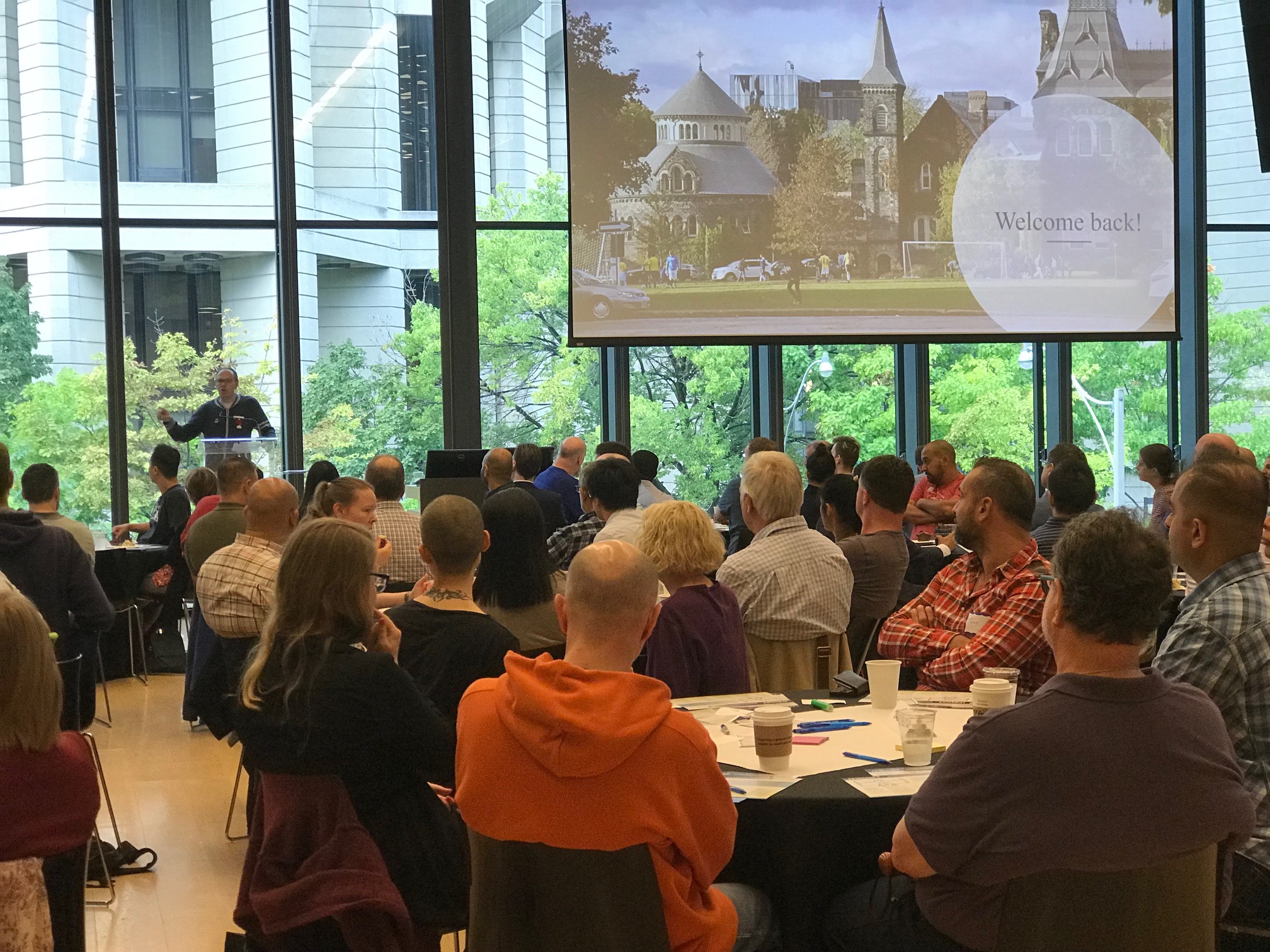

Bo Wandschneider
Chief Information Officer (CIO), ITS

